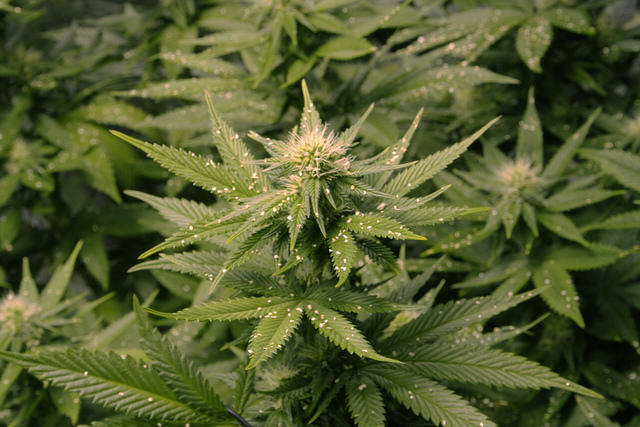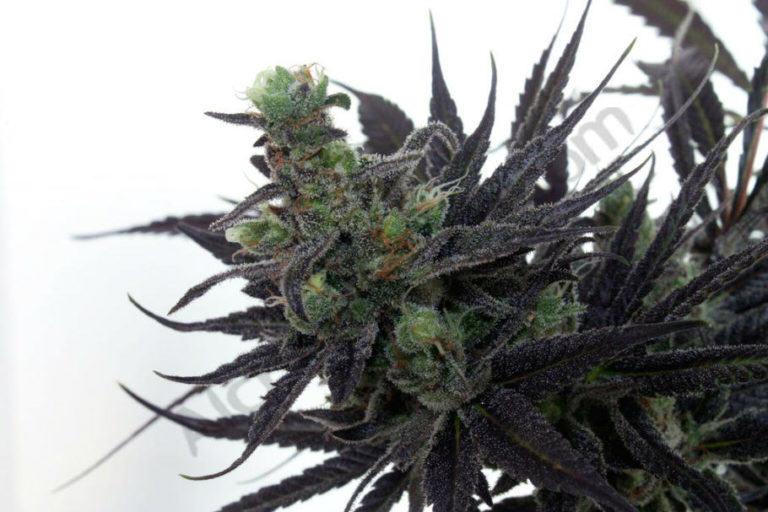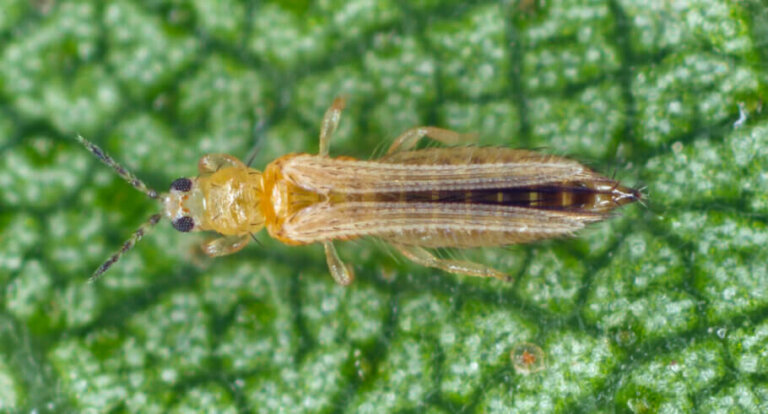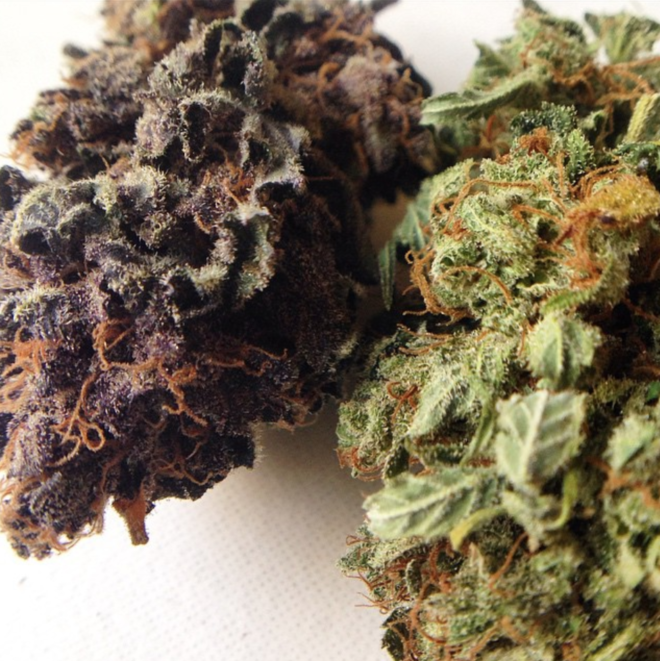Cannabis and allelopathy
List of contents
Allelopathy is a naturally occurring phenomenon by which certain biochemical compounds produced by an organism have a direct impact on the growth or development of other organisms. The action of these compounds can be either positive, promoting the development of other organisms (positive allelopathy) or negative, causing a series of harmful effects on some (or all) of the organisms that are nearby (negative allelopathy). The biochemical substances equipped with these properties are known as allelochemicals.
As many of you know, these properties have been studied in botany and agriculture for decades for different purposes. Thanks to this feature, certain plants can be used to inhibit the growth of other plant species and the reproduction of insects that could result in a plague, significantly reducing the use of insecticides. This is probably the most common and widespread use among farmers all over the world. Nevertheless, there are other lesser-known but very interesting interactions, like the fact that certain plants promote the production of terpenes in nearby plants... something that could be very appealing for the cannabis grower!
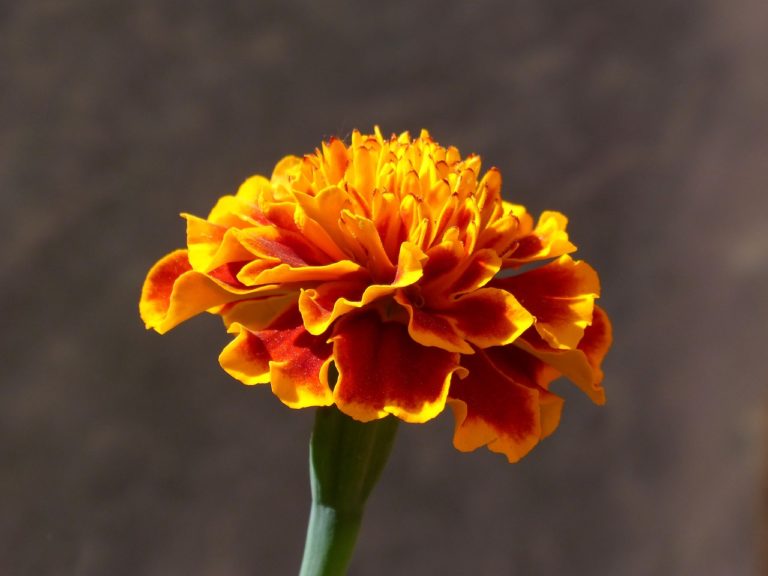
Allelopathy in controlled growing environments
Given some plant species' allelopathic traits, and as we?ve pointed out, it is only logical that agriculture harnesses these properties to achieve both better yields and a lower risk of pests and diseases. Who hasn't seen a row of beautiful flowers surrounded by tomatoes in an orchard? They are not there to look nice! Some flowers such as the French marigold are, in fact, effective nematodes repellents thanks to their allelochemicals. Many of these compounds (the majority, as it seems) are exuded through the roots, although they can also be exuded through the leaves, flowers and even the stems. These allelochemicals will affect the surrounding plants, fauna, and even fungi and bacteria.
Within these substances we find the terpenes, aromatic compounds widely known by cannabis enthusiasts. Their activity is usually negative, as they either keep the insects away or inhibit the germination of nearby seeds. Some examples of this that you may have already thought of are the pine and eucalyptus trees; usually, no other plants germinate under them!

Therefore, we find dozens of specimens that interact with the plants around them, creating relationships both symbiotic (positive) and antagonistic (negative) with other plant species, and even with the fauna of the ecosystem in question. Let's briefly see this type of plant before highlighting the most useful ones for outdoor cannabis growing.
Types of allelopathic plants
Broadly speaking, these plants are often divided into the following categories:
Companion plants
Companion planting consists of placing certain types of plants next to others to achieve a benefit (either mutual or, at least, for some of the plants). This creates an association that benefits one of the species (or both), either during germination, growth or flowering. Basically, entails combining different species that we know are going to benefit from this relationship. Furthermore, it manages to "recreate" the diversity of Mother Nature, reducing the risk of pests outbreaks in comparison with other types of techniques, such as monoculture.
As we already know, these plants will exude allelochemicals through their roots, leaves, flowers and stems, which will be absorbed by the surrounding plants, thus creating said beneficial association. One example that is especially interesting to the cannabis grower is the nettle, which intensifies the aroma of the plants around it (and the same applies to other plants such as achillea and yarrow), thanks to an increase in the production of essential oils. An option to take advantage of this phenomenon is Urtifer Nettle Powder by Trabe, which you can also find in liquid form.
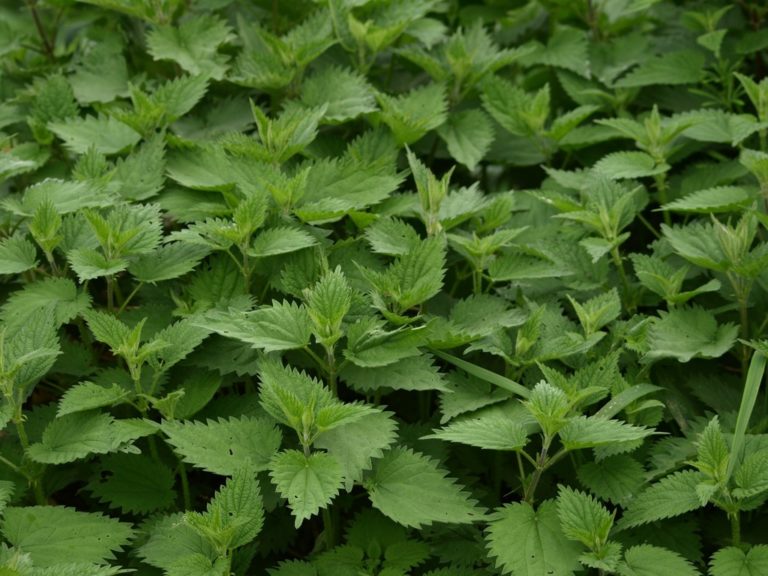
Some of the most commonly used companion plants include: garlic, strawberry, celery, carrot, lettuce, tomato, corn, cucumber, leek, aubergine, cabbage, marigold, pea and aromatic plants, among others.
Insect-repelling plants
As the name suggests, these are plants that - usually due to their intense aroma - repel several pests. In some cases, a specific species will repel a particular insect, and in others, one could be useful for several of them. These repellent properties can reach as far as 10 meters, so they shouldn't be underestimated. In addition, and as we already know, some plants inhibit the growth of other specimens, something that can be very useful in certain cases.
Many aromatic plant species are used to this end, surrounding the crops that need protection. It can be said that all aromatic plants exert, in one way or another, some positive influence on nearby plants, with the exception of one that should be avoided at all costs: fennel. Depending on the pest, and as you will see next, we can use one type or other of plant:
- Whitefly: Basil, marigold, garden nasturtium, sage, mint
- Red spider mite: Basil, horsetail, neem, cinnamon
- Aphids: Oregano, hyssop, basil, garden nasturtium
- Thrips: Horsetail, basil, neem, pyrethrins (chrysanthemum)
- Nematodes: French marigold, marigold
- Ants: Garden nasturtium, mint, oregano
- Snails: Garden nasturtium, hyssop
- Caterpillars: Bacillus thuringiensis
- Fungi: Horsetail
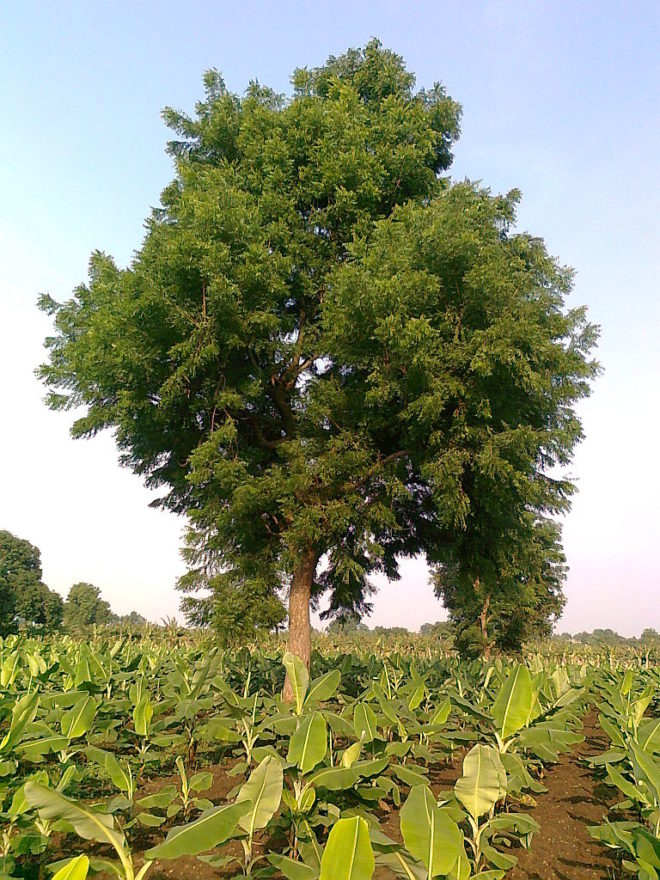
Trap crops
They are plants that are especially appealing to pests, such as whiteflies and red spider mites. By being close to the plants you want to protect, the insects will quickly colonize them, which makes the plague much easier to eradicate than if it?s scattered throughout the cultivation area. Another interesting technique is using plants that promote the reproduction of the natural predators of the plagues that threaten your grow; this way, you'll be supporting a 100% natural biological pest control.
One of the most commonly used plants - that could also work extremely well for the cannabis cultivator - is tobacco, which attracts whiteflies so they move away from your plants, and it makes their subsequent eradication easier.
Allelopathy in cannabis cultivation
As you have seen, we can benefit from the properties of all these plants in order to have a healthier and more productive garden, and above all managed in a sustainable and smart way. Besides the benefits of these plants, you can save a lot in pesticides, both from an economic and environmental point of view, something that every outdoor grower should take into account.
The introduction of aromatic plants or flowers like French marigolds in your crop will bring a number of benefits in terms of pest prevention that you shouldn't underestimate, as well as using nettles or applying nettle powder to increase the production of essential oils. As you may have already noticed, allelochemicals' properties not only can be harnessed through the living plant, sometimes they can also be used in form of tea, infusions or liquid manure to apply directly on the plants.
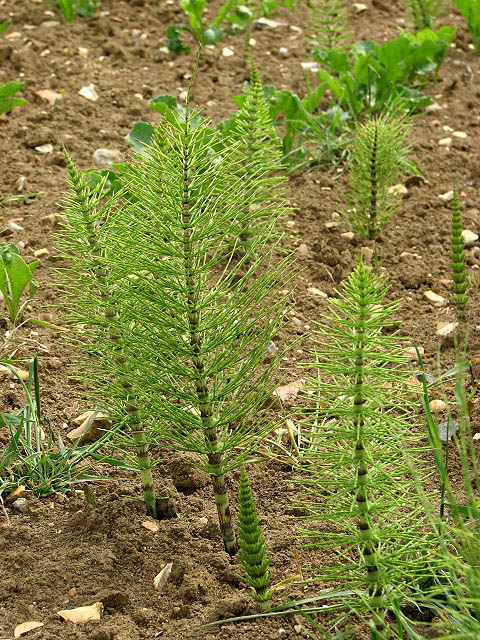
Among the commercialized products that harness these properties, we can find both insecticides and fungicides, and other items like Horsetail by Tabe that are useful for both problems. These are some of the most reliable:
- Neudorff Spruzit combines pyrethrins (chrysanthemum extract) with rapeseed oil, and it's very effective against a wide range of sucking insects.
- Neem (a tree native to India and Burma) also has interesting insecticidal properties that are normally used in extract form. Some options are Trabe Neemazal and Prot-Eco BioNeem.
- The properties of garlic are also present in Prot-Eco Alliumprot, a very effective insecticide that combines other types of plant extracts to further increase the performance of the plants. Trabe Aliosan is another excellent option.
- And the same goes for cinnamon, which in addition to its antifungal properties, provides a wonderful repellent effect against one of the most dreaded pests in the cannabis garden, the red spider mite. Products like Prot-Eco Cinnaprot are based on it.
- The caterpillars, which can be a real curse when the plants are ready for harvest, can be prevented with products based on Bacillus thuringiensis, such as Trabe Cordalene, which can save you a great disappointment when you think you have finished growing.
- Finally, products such as Bio 16 Trifag by Prot-Eco or ATA Organics Take Care, are based on beneficial fungi such as Trichoderma harzianum, in addition to other bacteria and microorganisms. They are often used to prevent root fungi that can kill the plants in a few days.
In fact, when you buy nutrients or additives based on plant extracts, you basically are taking advantage of the allelopathic benefits from the plants used, usually as specific biological activity boosters and to maximize the final yield.
Is marijuana allelopathic?
We have seen how the cannabis plant can benefit from the allelopathic properties of other vegetables, but... does cannabis affect other plants? Since we know that terpenes are part of the allelochemicals group exudated by the plants, and that cannabis is a major producer of these aromatic compounds, the answer seems logical. However, the influence that the marijuana allelochemicals can have on other plants does not end with the terpenes.
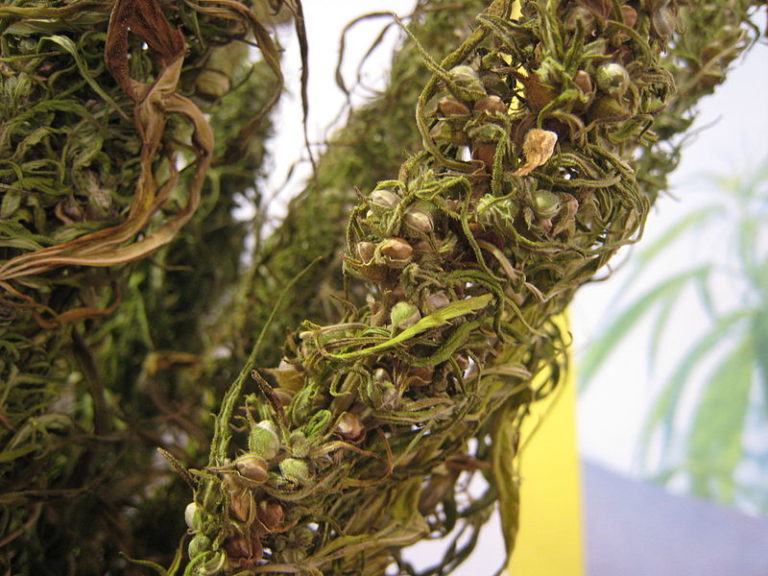
A study conducted in 2015, showed that an extract of sprouts of Cannabis Sativa L. inhibited the lettuce (Lactuca sativa L.) seeds germination process. The same test was performed with an extract of the roots with different results: while said extract didn't seem to have an impact on the germination rate of the lettuce seeds, it stimulated the stems and roots growth. Another study used leaf leachate of cannabis female plants on Parthenium hysterophorus specimens (commonly known as Santa Maria feverfew), and it was noticed an important reduction in the biological activity of the plants treated, which exhibited a lower germination rate, lower weight, and less pigment content.
These are just two examples of how our beloved plant can also affect other vegetables thanks to the allelopathic properties of its allelochemicals. It appears, however, that this action is relatively weak and usually limited to the suppression of some competitor plants. The allelopathic action of cannabinoids and terpenes seems to be more related to the protection of the seed until the following spring, than to the protection of the plant in itself; think about it... the plant dies, parts of it fall to the ground, and as the matter rots it releases cannabinoids and terpenes which, on the one hand, inhibit the germination of other plants and, on the other, protect their own seeds from insects, bacteria or viruses... a master plan!
We hope that we've encouraged you to go about your next cultivation project in a more effective and environmental-friendly way; your plants will be very grateful, and your surroundings as well.
Happy growing!































































